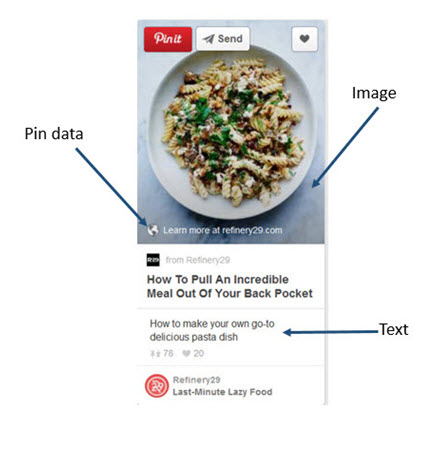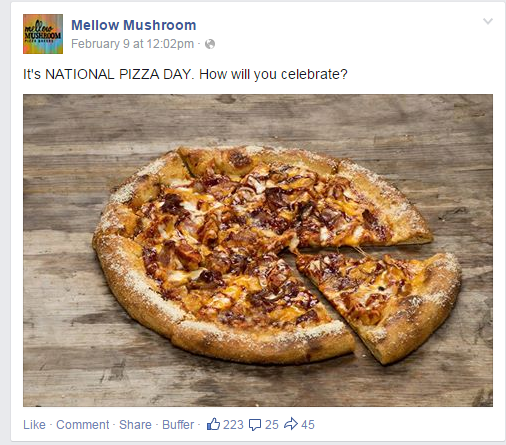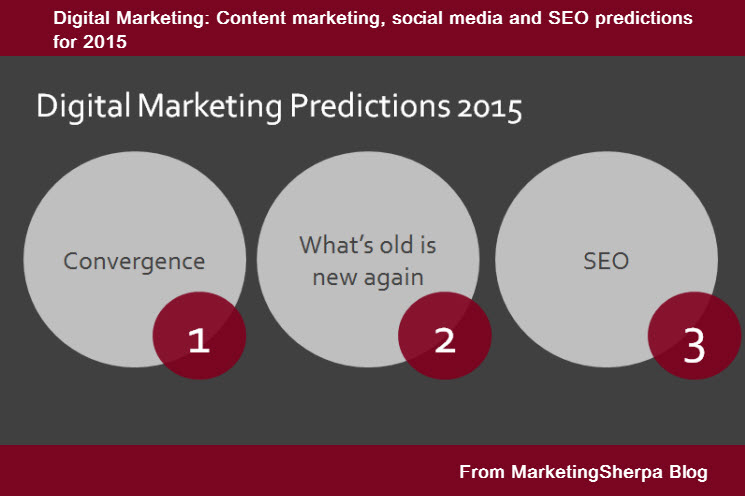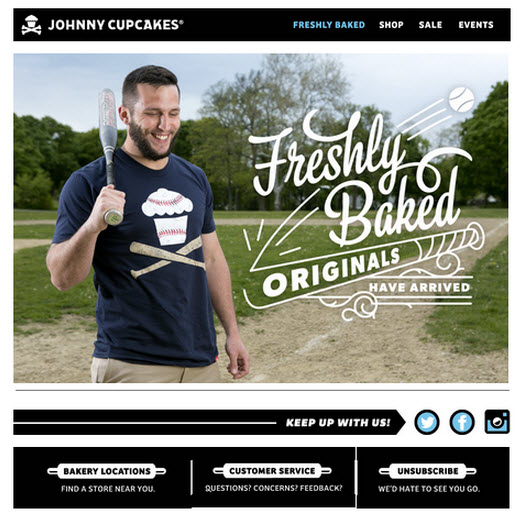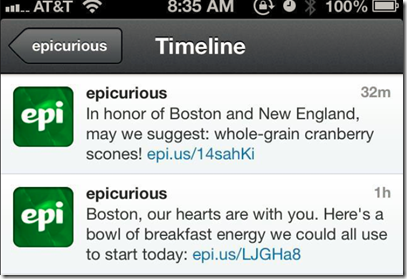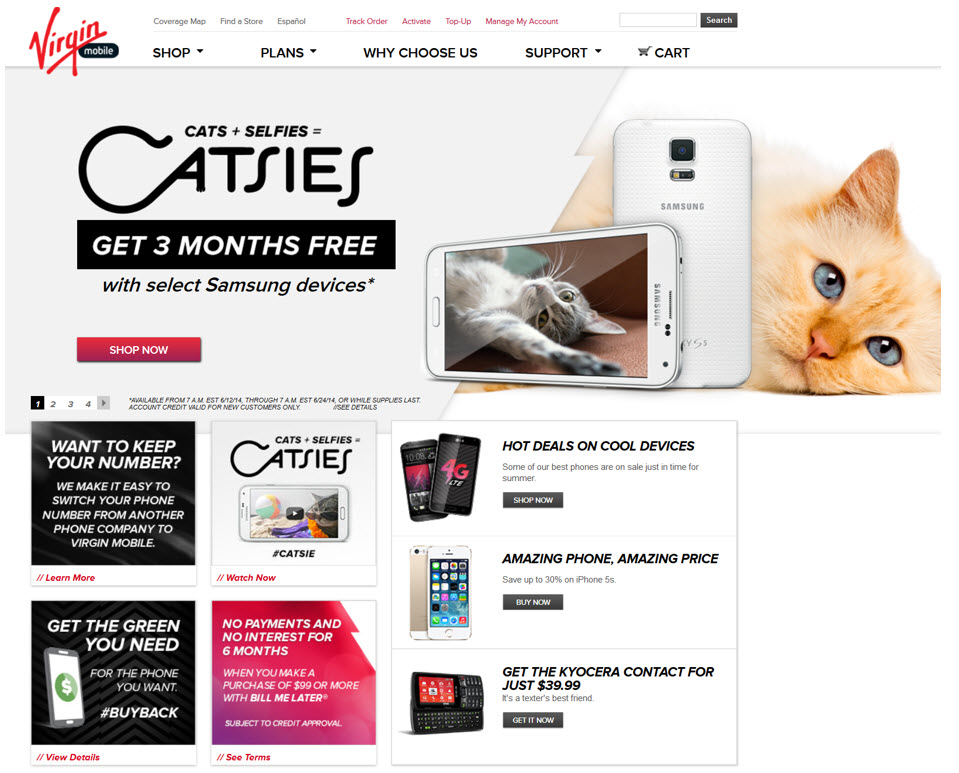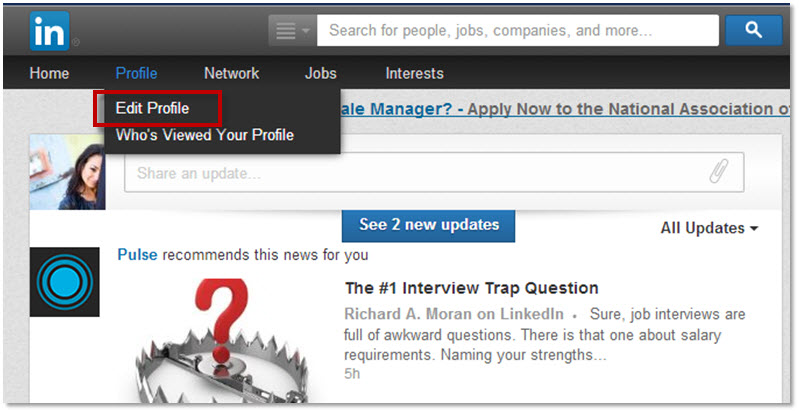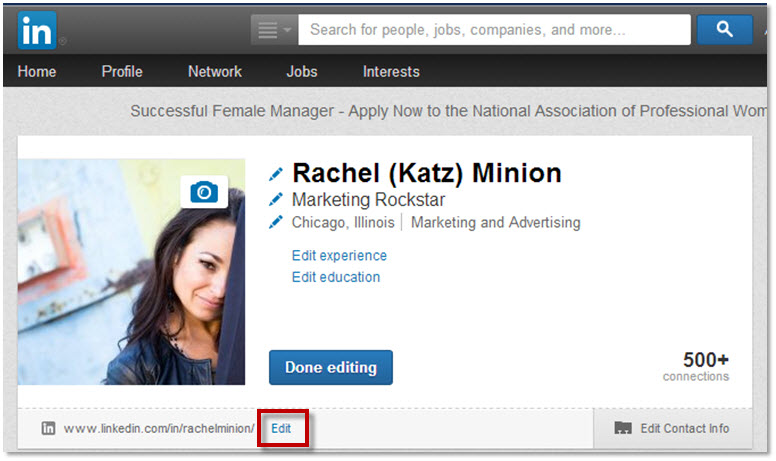Social Media: Understanding Pinterest consumers
“The only reason any brand exists in the first place is because it helps people do something in their lives,” Kevin Knight, Head of Agency and Brand Strategy, Pinterest said.
In his session at The Digital Marketing Conference — Adobe Summit, Kevin spoke about what makes Pinterest unique to marketers and brands in the social media sphere.
Mainly, unlike other social sites, it’s kind of a loner.
Not in the standing alone in the corner at the school dance kind of a way, but in a “Best All Around” superlative kind of way: independent, and not only party-planning the dance, but countless other activities and interests as well.
“They’re using it for themselves,” Kevin said, adding that many users don’t follow a lot of people, because they using the platform to fulfill their own needs, not to impress anyone else.
What is a Pin?
“Art and copy, as old as advertising itself,” Kevin said.
Who is on Pinterest?
- 70M+ monthly users in the U.S.
- 40% of women in the U.S. are on Pinterest
- 75% of usage is on a mobile device
- One-third of millennials are on Pinterest
*Based on comScore Sept 2014, desktop and mobile, U.S. users, and internal Pinterest data
Those 70 million monthly users utilize Pinterest to discover, save and then do, Kevin said. Over 30 billion pins ave been categorized by people into more than 750 million boards, and this is a highly personal interaction to them.
Pinners are sharing their interests, hobbies, hopes and goals, creating the narrative of their future through pinning actions.



